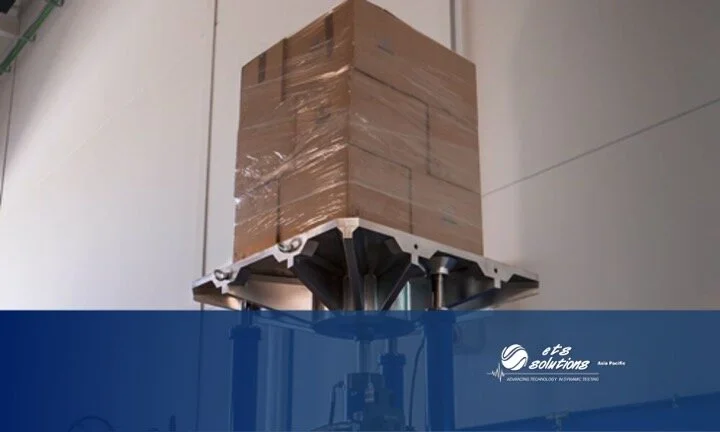Shock and vibration resistance gives information concerning the robustness of the mechanical design of a device. The methods for evaluating the vibration resistance are defined in IEC 60068-2-6 and IEC 60068- 2-64. Electrical and electronic equipment are exposed to vibration in many applications and must withstand this without any degeneration, or even failure, in their function. Therefore, manufacturers of electrical and electronic devices put a great deal of effort into ensuring their instruments are prepared for such applications.
Random Vibration Testing
Sine Vibration Testing
Sine Vibration Testing may be considered as the most basic vibration testing method used. This type of vibration testing requires less complex parameters compare to other type of vibration testing. Knowing the nature of sinusoidal signal, makes this type of vibration testing easier to understand and to get familiar with. Though, easier to understand does not make it less important compare to other type of vibration testing. Sine vibration testing may still be at the top rank when we are thinking of dynamic characteristic measurement.
Limitations of Existing Vibration Testing Systems
Running Test with Shock Test Machine
MIL-STD-810 Standard - Various types of vibration tests
ETS I Series Vibration Testing System with force rating from 4,000 to 16,000 kgf is ideal for screening of medium sized assemblies with extreme high acceleration test level and high frequency range. The Extreme Acceleration Shaker Y-Ring (EAS-Y Ring) armature is a revolutionary design which will allow for using a proportioned head expander to test multiple specimens simultaneously at extreme high acceleration level.











